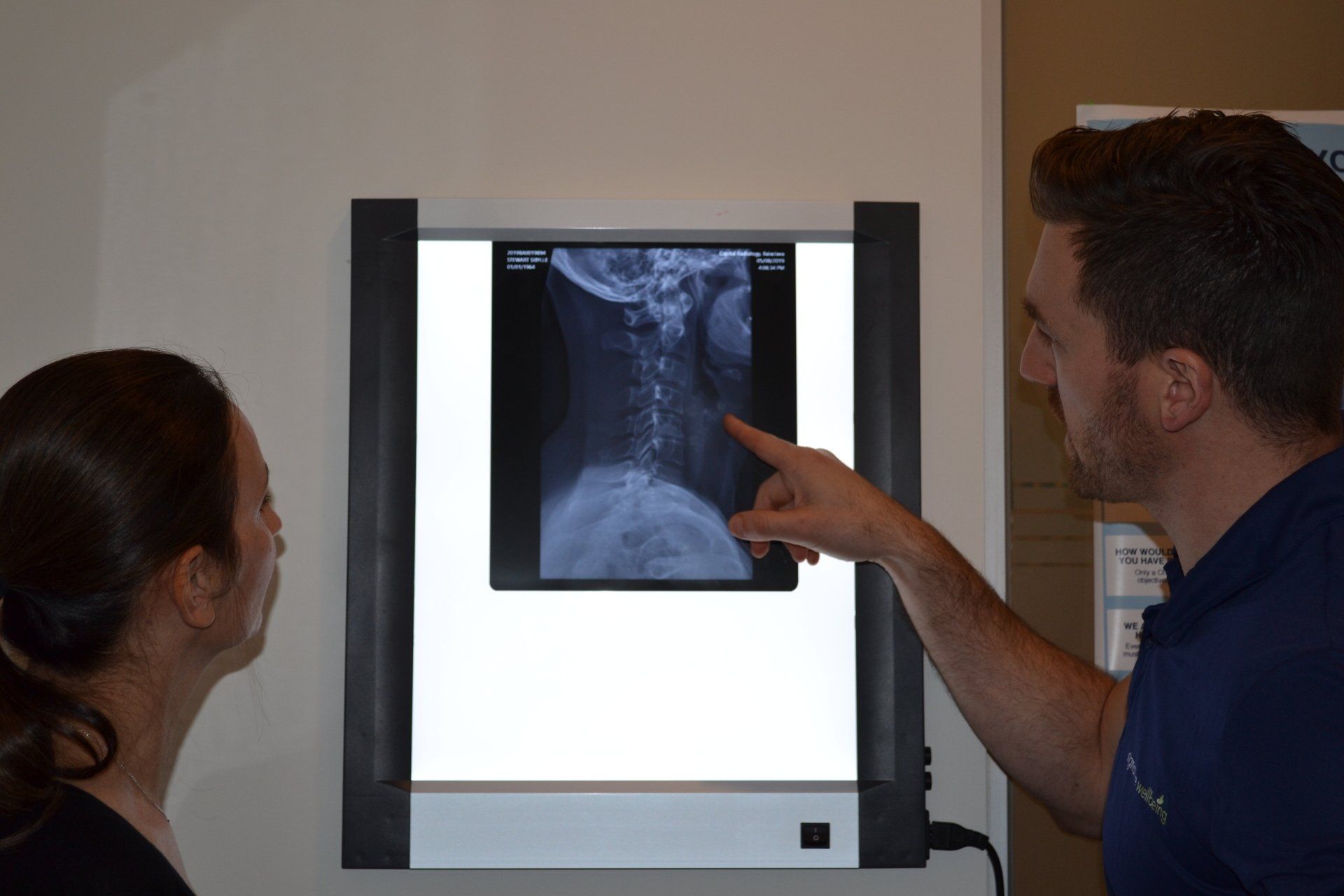Chiropractor for Headache
Chiropractor for Headache in Malvern
Chiropractor for Headache in Malvern
Headaches can be more than just an annoyance, they can significantly reduce quality of life and make it difficult to do everyday tasks. Fortunately, chiropractic care can help reduce headache pain and frequency while improving overall well-being.
What Causes Headache
Headache pain can be caused by a variety of factors, including physical stress and tension, lifestyle habits such as poor posture
or an abnormal sleeping pattern, nutritional deficiency, and even underlying medical conditions. Other causes of headache are environmental factors such as air pollution, certain medications, and food sensitivities.
Headaches can be divided into two main categories: primary headaches (migraines, tension headache) and secondary headache (headache caused by an underlying condition). Chiropractic care can help reduce headache pain associated with both types of headache. Chiropractic treatment
focuses on addressing the root cause of headache pain rather than just treating the symptoms.


Different Types of Headache
Different Types of Headache
There are different types of headache pain, including tension headache, migraine headache, sinus headache and cluster headache.
- Tension headaches are the most common type of headache and cause mild to moderate head pain that may feel like a tight band around your forehead or temples.
- Migraine headaches are more severe than tension headaches and can be accompanied by nausea, light sensitivity, and visual disturbances.
- Cluster headache is an uncommon but severe headache that is usually felt on one side of the head, near the temples or eyes.
- Sinus headache is caused by inflammation in the sinuses and can cause pain around the forehead or behind the eyes.
Chiropractor and Headache Relief
Chiropractor and Headache Relief
Chiropractic treatment can help reduce headache symptoms and improve overall well-being by addressing the root cause of your headache. Chiropractors use a combination of manual adjustments, soft tissue therapies, and lifestyle modifications to relieve headache pain.
- Manual adjustments are aimed at restoring the normal movement of joints in the spine and neck that have become misaligned due to physical or emotional stress. These gentle adjustments can reduce headache pain and help prevent future headache attacks.
- Soft tissue therapies such as massage, stretching, or trigger point therapy may also be used to improve muscle tension and reduce headache pain.
- Lifestyle modifications such as proper posture, regular exercise, adequate sleep, and healthy nutrition are also important for reducing headache symptoms.
Chiropractic care can provide natural headache relief without the use of medications and long-term drug side effects. If you are suffering from headache pain, speak to your chiropractor at Signature Wellbeing about a customised headache treatment plan to help control headache symptoms and improve overall well-being.


Start with a Simple 30 Minute Consultation
Start with a Simple 30 Minute Consultation
You can get started with a simple 30-minute consultation where we will discuss headache causes and potential treatment options.
At Signature Wellbeing, we understand headache pain and can provide a customised headache treatment plan to help reduce headache frequency and intensity. During the initial consultation, our chiropractor will conduct a thorough evaluation of your headache symptoms and medical history in order to determine the best treatment approach for you.
We strive to create an individualised headache treatment plan that is tailored to your specific needs and goals. Schedule a consultation and start on the path to headache relief today!
Chiropractor vs Massage for Headaches
Chiropractor vs Massage for Headaches
Chiropractic care and massage therapy both offer headache relief, but they work in different ways. Chiropractic adjustments restore normal movement of joints and reduce headache pain by addressing the root cause of headaches. Massage therapy helps to relax tense muscles that can be contributing to headache pain. Both chiropractic care and massage may be recommended for headache relief, depending on the type of headache and its severity.
Can a Chiropractor Help with Headaches?
Can a Chiropractor Help with Headaches?
Yes, chiropractic care can help with headache. Manual adjustments of the spine and neck can help reduce headache pain and improve your overall sense of wellbeing. Headaches are often caused by a misalignment of the vertebrae in the upper cervical spine, which chiropractic care can address.
Interested in getting back in shape. We’re here to help!
Interested in getting back in shape. We’re here to help!
We want to know your needs exactly so that we can provide the perfect solution. Let us know what you want and we’ll do our best to help.

